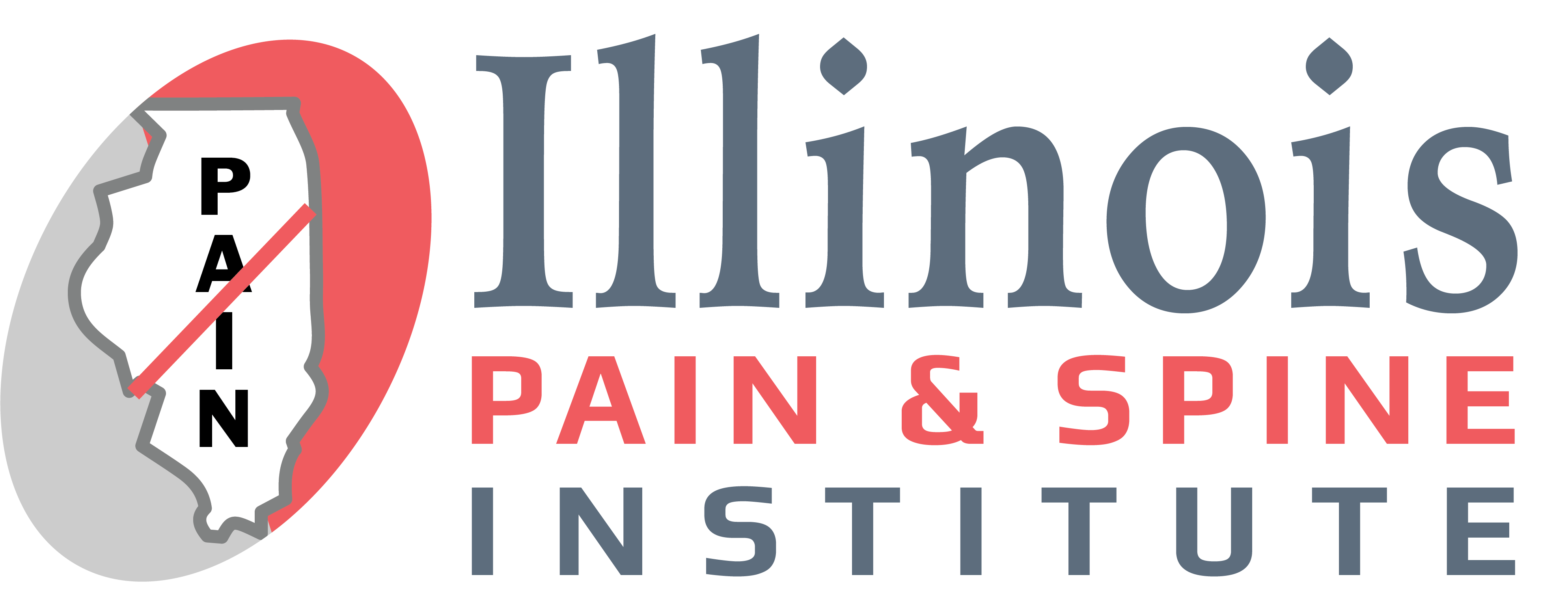Complex Regional Pain Syndrome
Complex regional pain syndrome (CRPS), otherwise known as reflex sympathetic dystrophy syndrome (RSD) is a painful condition that most often affects one of the limbs (arms, legs, hands, or feet), usually after an injury or trauma to that limb. CRPS can be caused by damage to, or malfunction of, the peripheral and central nervous systems. The central nervous system is composed of the brain and spinal cord, and the peripheral nervous system involves nerve signaling from the brain and spinal cord to the rest of the body.
There are two similar forms of complex regional pain syndrome, called CRPS-I and CRPS-II. CRPS-I (previously known as reflex sympathetic dystrophy syndrome) are individuals without unconfirmed nerve injuries. CRPS-II (previously known as causalgia) are patients that have confirmed or diagnosed nerve injuries. Anyone can be diagnosed with complex regional pain syndrome and it can affect both men and women at any age. CRPS is rarely found in the elderly and children.
Diagnosing Complex Regional Pain Syndrome (CRPS)
Signs and symptoms vary on an individual basis, but most commonly include:
- Burning or throbbing pain occurring in the arm, leg, hand, or foot
- The affected limb may become sensitivity to touch or cold
- Swelling of the painful area
- Changes in skin color, temperature, or texture
- Changes in hair and nail growth
- Joint stiffness, swelling and damage
- Muscle spasms, weakness and loss (atrophy)
- Decreased ability to move the affected body part
Complex regional pain syndrome occasionally may spread from its source to elsewhere in the body, such as the opposite limb. Signs and symptoms may persist for months to years.
Treating Complex Regional Pain Syndrome (CRPS)
Treatment is likely to be most effective when started early in the course of the illness.
CRPS can be diagnosed through a physical exam and an individual’s medical history with an Illinois Pain & Spine Institute physician. A bone scan, x-ray, MRI, or a nervous system test may reveal if a person has complex regional pain syndrome. A series of treatments is usually done to improve the symptoms.
Treatment is usually done through the use of medication therapy, and sympathetic or other selective nerve root block procedure that will help relieve the pain of CRPS or cause the condition to go into remission. Spinal Cord Stimulation is an option for those refractory, sympathetic, or other nerve blocks.

